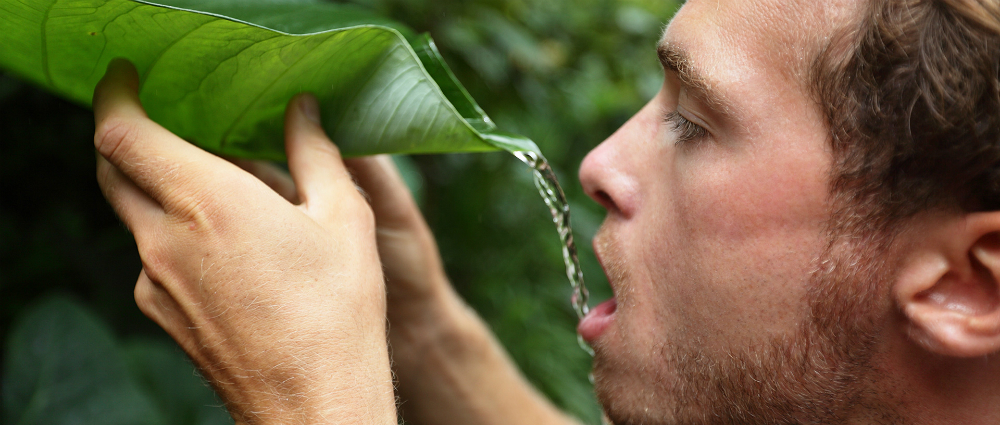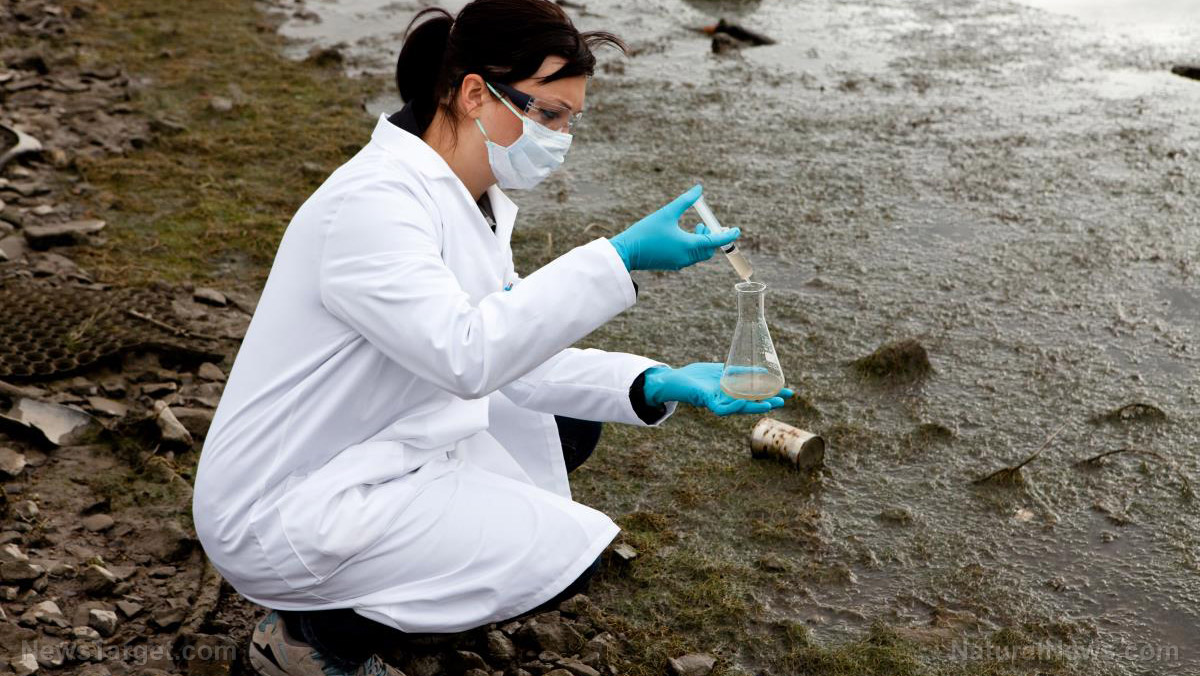Washing your contact lenses with tap water could result in blindness
12/06/2016 / By David Gutierrez

Do you occasionally wash your contact lenses with plain water, even just occasionally? If so, you are placing yourself at risk of an eye-eating infection that could leave you blinded.
In a recent high-profile case, English paramedic Andrew Carthew had to have his eye removed after an microorganism known as Acanthamoeba infected his eyes after he washed his contact lenses in tap water.
Experts warn that Acanthamoeba infection, while still rare, is on the rise. Additionally, its nature makes it hard to diagnose, and often permanent eye damage has occurred before doctors can identify the problem.
Amoeba ate his eyeball
Carthew first became aware that he had a problem when he woke up one day in June 2015 with a weepy eye. Doctors diagnosed him with a mundane eye infection and prescribed an antibiotic — a form of drug that is ineffective against amoebas. It took several weeks of steadily worsening infection and pain before doctors correctly diagnosed the problem.
“The pain is absolutely shocking with it. I can only describe it like a toothache radiating from the eye but it affects all that side of your face,” Carthew said. “There was about six to eight weeks were all I did was lay in a darkened room with sunglasses on and the only time I ever went out was to go to hospital. You wouldn’t believe that an eye infection could be so debilitating.”
The damage to Carthew’s cornea was so extensive that doctors concluded there was no way to save vision in the eye. To prevent the infection from spreading further — potentially even into the brain — they removed the infected eyeball.
Acanthamoeba naturally occurs in most soils and bodies of water worldwide. The space between a contact lens and the eye is an ideal warm, moist habitat for its proliferation. Lack of oxygen behind the lens causes tiny ruptures in the cornea that can be infiltrated by bacteria and allow it to spread to the rest of the eye. Because patients do not experience pain until the infection spreads to the corneal nerves, it can take quite some time for the condition to be diagnosed. In some cases, this can take years, by which point the infection is so severe that extreme measures such as corneal transplant or eyeball removal may be required.
The case highlights why contact lenses should always be cleaned with sterile contact lens solution, not with plain water. People should also avoid getting their faces wet by swimming, bathing or showering while wearing contact lenses.
Wash your hands and change your lenses.
Acanthamoeba keratitis affects one out of every 25,000 contact lens wearers in the United Kingdom each year. Infections can occur due to any failure to follow proper contact lens hygiene, such as failure to wash hands before inserting lenses.
In 2014, Taiwanese undergraduate Lian Kao went blind from Acanthamoeba keratitis that she contracted after she failed to remove her contact lenses a single time in a six-month period, including while sleeping, swimming and bathing.
Contact lenses should never be worn for more than eight hours at a time.
“While an amoeba burrowing into one’s cornea is certainly an extreme case, we want people to realize the importance of using contact lenses as prescribed,” commented ophthalmologist Tim Hillson of Ontario on Kao’s case. “Because they are worn directly on the eye, contacts create an environment that could lead to infections, corneal ulcers and, in rare cases, blindness.”
Most contact-lens-related eye infections are not caused by Acanthamoeba, however, but by common bacteria found on the skin, including staph. These infections can also be serious, but are more likely to be correctly diagnosed and treated early than Acanthamoeba keratitis.
Sources:
IFLScience.com
Tagged Under: contact lenses, eye health, health




















